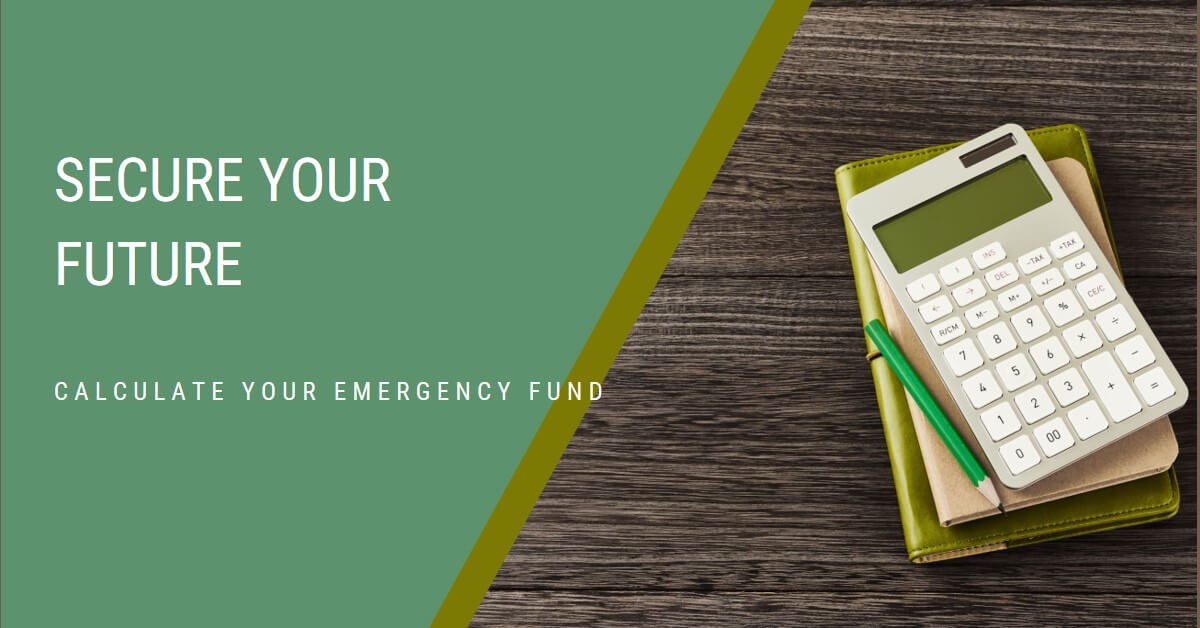
Managing your finances can be overwhelming, especially if you don't have a clear plan in place. That's where a budget calculator comes in handy. By using a budget calculator, you can easily track your expenses and create a budget that works for you.
One popular budgeting method is the 50 30 20 budget, which allocates 50% of your income to needs, 30% to wants, and 20% to savings and debt repayment. In this article, we'll explore how to use the 50/30/20 rule to achieve financial balance and reach your financial goals.
What is the 50/30/20 Budget?
The 50/30/20 budget is a simple and effective way to manage your finances. It divides your income into three categories: needs, wants, and savings/debt repayment. Here's a breakdown of each category:
- Needs (50%): This category includes essential expenses such as rent/mortgage, utilities, groceries, transportation, and insurance.
- Wants (30%): This category includes non-essential expenses such as dining out, entertainment, and shopping.
- Savings/Debt Repayment (20%): This category includes savings for emergencies, retirement, and debt repayment.
The 50/30/20 budget is a flexible budgeting method that allows you to adjust your spending based on your income. It also encourages you to prioritize saving and debt repayment, which can help you achieve financial stability in the long run.
Why Use a Budget Calculator?
A budget calculator is a useful tool for managing your finances. It allows you to track your expenses, set financial goals, and create a budget that works for you. Here are some reasons why you should use a budget calculator:
- Track Your Expenses: A budget calculator helps you track your expenses and identify areas where you can cut back.
- Set Financial Goals: By using a budget calculator, you can set financial goals and track your progress towards achieving them.
- Create a Realistic Budget: A budget calculator takes into account your income and expenses, making it easier to create a realistic budget that works for you.
- Stay Organized: A budget calculator helps you stay organized by keeping all your financial information in one place.
How to Use the 50/30/20 Budget Calculator
Using a budget calculator is simple and straightforward. Here's how you can use the 50/30/20 budget calculator to achieve financial balance:
Step 1: Gather Your Financial Information
Before you start using the budget calculator, gather all your financial information, including your income, expenses, and debt. This will help you get a clear picture of your financial situation and make it easier to create a budget.
Step 2: Enter Your Income
The first step in using the 50/30/20 budget calculator is to enter your income. This includes your salary, bonuses, and any other sources of income. Make sure to enter your after-tax income, as this is the amount you have available to spend.Step 3: Enter Your Expenses
Next, enter your expenses in the appropriate categories. The budget calculator will automatically calculate the percentage of your income that goes towards each category. If you're not sure how much you spend in each category, you can use your bank statements to get an accurate estimate.Step 4: Adjust Your Budget
Once you've entered all your expenses, the budget calculator will show you how much you're spending in each category. If you're spending more than 50% on needs, you may need to adjust your budget to reduce your expenses in this category. Similarly, if you're spending more than 30% on wants, you may need to cut back on non-essential expenses.
Step 5: Set Savings and Debt Repayment Goals
The 50/30/20 budget calculator also allows you to set savings and debt repayment goals. You can enter the amount you want to save each month and the amount you want to put towards debt repayment. The calculator will then show you how much you need to save each month to reach your goals.
Step 6: Review and Update Your Budget Regularly
It's important to review and update your budget regularly. As your income and expenses change, you may need to adjust your budget to ensure that you're staying on track. By regularly reviewing your budget, you can make sure that you're always working towards your financial goals.
Real-World Examples of the 50/30/20 Budget in Action
The 50/30/20 budget has helped many people achieve financial balance and reach their financial goals. Here are some real-world examples of how people have used the 50/30/20 budget to improve their finances:
Example 1: Paying Off Debt
John had accumulated a significant amount of credit card debt and was struggling to make ends meet. He decided to use the 50/30/20 budget to get his finances back on track. By cutting back on non-essential expenses and allocating 20% of his income towards debt repayment, John was able to pay off his credit card debt in just two years.
Example 2: Saving for Retirement
Samantha was in her late 30s and had not started saving for retirement. She decided to use the 50/30/20 budget to prioritize her retirement savings. By allocating 20% of her income towards retirement, Samantha was able to save enough to retire comfortably at the age of 65.
Example 3: Achieving Financial Stability
Mark and Sarah were a young couple struggling to make ends meet. They decided to use the 50/30/20 budget to get their finances in order. By cutting back on non-essential expenses and prioritizing savings and debt repayment, they were able to achieve financial stability and save enough for a down payment on their first home.
Tips for Using the 50/30/20 Budget Calculator
Here are some tips to help you make the most of the 50/30/20 budget calculator:
- Be Honest: When using the budget calculator, be honest about your expenses. This will help you create a realistic budget that you can stick to.
- Track Your Expenses: Keep track of your expenses and update your budget regularly. This will help you stay on track and make adjustments as needed.
- Prioritize Savings and Debt Repayment: The 50/30/20 budget encourages you to prioritize savings and debt repayment. Make sure to allocate 20% of your income towards these goals to achieve financial stability in the long run.
Conclusion
Using a budget calculator is an effective way to manage your finances and achieve financial balance. The 50/30/20 budget is a simple and flexible budgeting method that can help you reach your financial goals. By following the steps outlined in this article, you can use the 50/30/20 budget calculator to take control of your finances and achieve financial stability.
Latest Trends and Tools in Budgeting
Stay ahead with the latest in budgeting by leveraging tools like our budget calculator. You can categorize expenses as 'needs', 'wants', or 'savings/debt repayment'. This categorization helps you see clear reports based on the 50/30/20 rule, offering insights into your financial habits and helping you stay on track with your goals. Create a free account now.
Frequently Asked Questions
To effectively use the 20% of your budget designated for savings and debt repayment, begin by assessing your financial goals and current needs. Here’s a strategic approach to consider:
Establish an Emergency Fund: Prioritize setting aside funds for unexpected expenses. Aim to build a reserve that covers three to six months of living expenses.
Retirement Savings: Allocate a portion of this 20% to contribute to long-term retirement accounts, such as a 401(k) or an Individual Retirement Account (IRA). This is crucial for securing your financial future.
Debt Reduction: Focus on eliminating high-interest debt, like credit card balances. This not only reduces the amount you pay in interest, but also speeds up your journey to becoming debt-free.
By dividing your savings and debt repayment allocation among these categories, you can construct a solid financial foundation while preparing for both your immediate needs and future goals.


